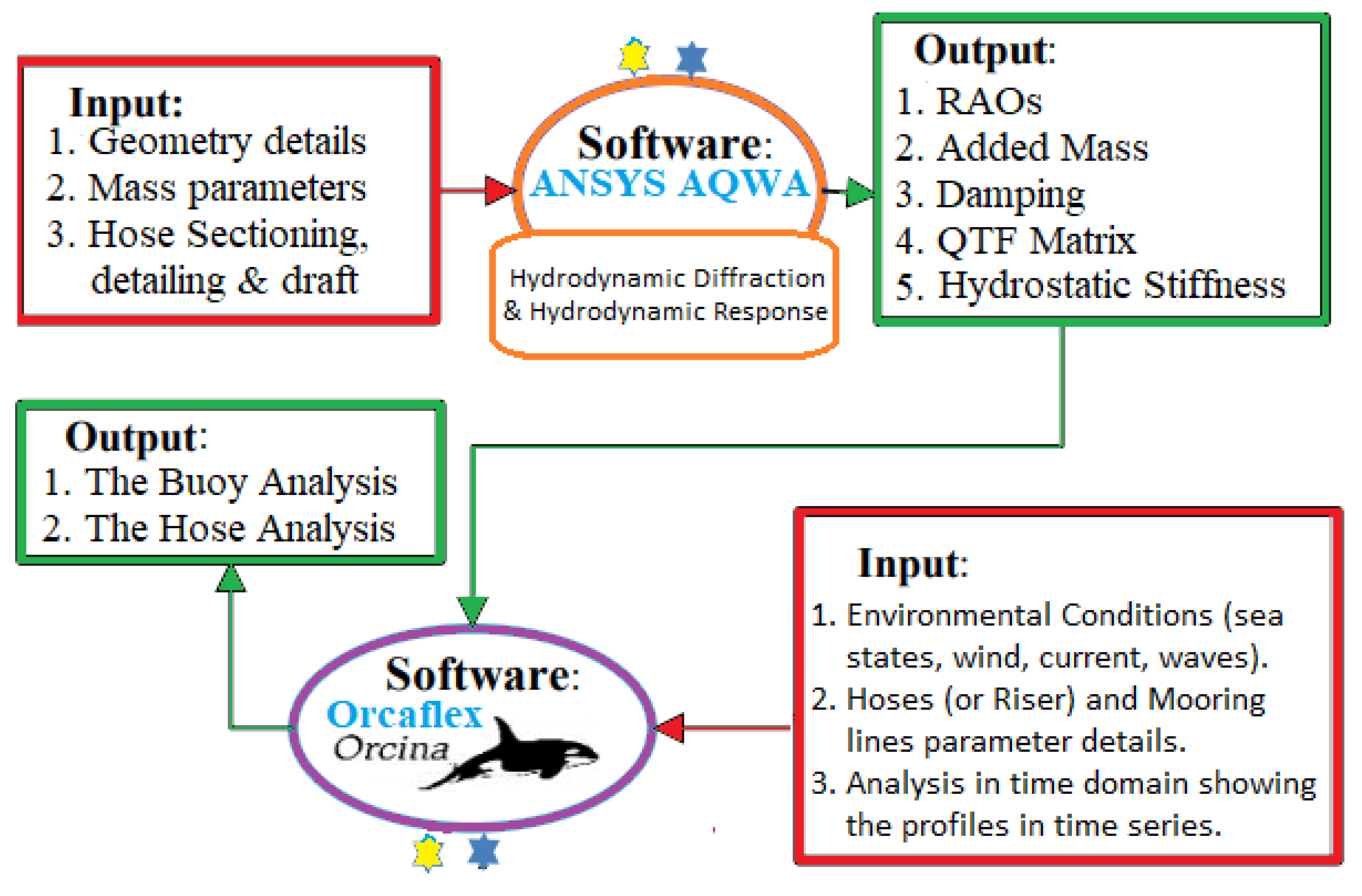

Latitude is negative, so it's in the South.

Here are the seconds.įor example, let's convert the Sydney Opera House coordinates from DD to DMS.
#CONVERSION ORCAFLEX COORDINATE HOW TO#
It's less popular with DMS or DDM.įor example, let's see how to write the coordinates for two places: the Empire State Building in New York - a city located west of the Prime Meridian and in the northern hemisphere - and Sydney Opera House - east of the Prime Meridian and in the southern hemisphere. Remember - don't mix the forms! If you're using letters, values should always be positive.Įxpressing the direction with positive or negative values is common in the DD format of coordinates.

For longitude, you can use the letter E or a positive number for the eastern direction, and the western direction can be indicated by the letter W, or a negative number. For latitude, northern directions may be indicated by the letter N or a positive number, and southern directions can be marked with either the letter S or a negative value. To specify the cardinal direction, you can use letters or positive and negative numbers. DMS (degrees - °, minutes - ', seconds - ").Sometimes to help distinguish between latitude and longitude, their respective symbols are included: φ (phi) for latitude and λ (lambda) for longitude. The first rule of writing coordinates is:įirst comes the latitude, then the longitude. Now that you know what is latitude and longitude, let's see how to write coordinates in GPS, our lat long converter, or any other tool. All meridians have the same length - 12,429.9 miles (20,003.93 km).ĭid you know that you can calculate the shortest possible distance between two points of known geographical coordinates using latitude and longitude? You can also estimate the direction you need to point your compass to get from one point to the other. They extend to the east and west of the Prime Meridian, reaching up to 180 degrees. Lines of longitude, or meridians connect the North and the South Pole. Longitude, on the other hand, refers to a east-west position on the Earth. The maximum value of latitude is 90 degrees - found at the poles. The central line of latitude is called the Equator.

It's represented by circles of latitude, or parallels - the lines that go around the globe. It references the north-south position on the Earth. Latitude is the angle between the equatorial plane and the line extending from the center of the Earth to a certain point on its surface. We specify coordinates using latitude and longitude. It originates from the intersection of the Prime Meridian (Greenwich, England) with the Equator. The geographical coordinate system is based on the spherical coordinate system for an ellipsoid - the shape of the Earth. With coordinates, you can locate any place on the Earth to a high degree of accuracy.


 0 kommentar(er)
0 kommentar(er)
